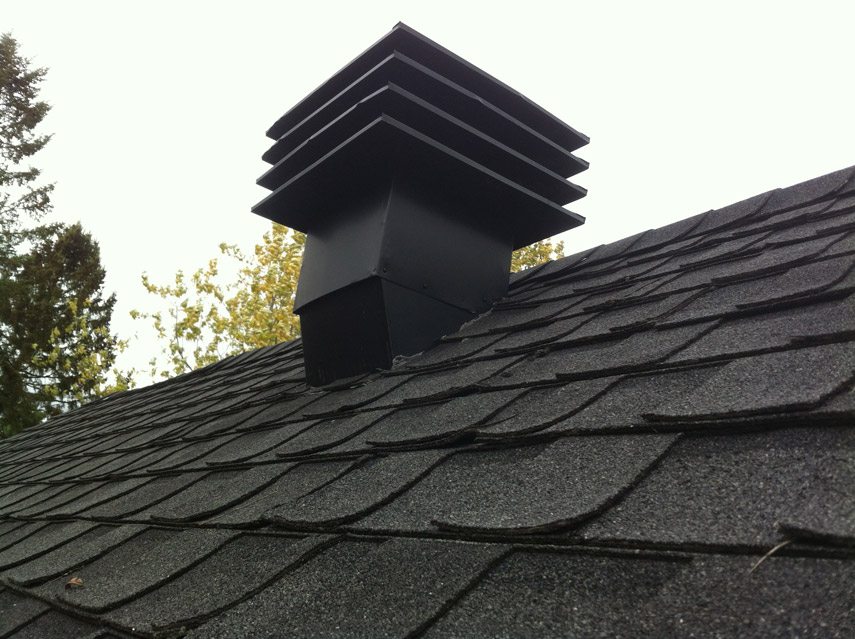Have you noticed water leaking through the bathroom fan, air exchanger output or range hood during periods of thaw? In general, this is directly related to a problem with condensation inside ventilation fittings located outside of the building.
However, if the problem occurs in summer, it is essential to replace the outside unit as soon as possible, because the problem is usually caused by improper installation. In cases where the problem occurs in winter, it is important to understand that air evacuated from the bathroom or kitchen is loaded with moisture. Since the exterior unit itself will be very cold in the winter, the humid air will inevitably cause condensation, which is bound to freeze inside the unit. This means that all the ice that has accumulated inside the unit during the winter will melt in the spring. That’s when you notice water infiltration through the air ventilation accessory located inside the building.
A good way to overcome this problem is to leave the fan on for a long time after the humidity has been evacuated. This will promote the evaporation of any condensation that may have formed during use of the fan. It is also essential to run the fan runs at maximum power during periods of extreme cold. In addition, it is important to ensure that the chosen fan is of good quality. The performance of a fan is usually measured in “CFM,” which stands for the number of cubic feet per minute it can evacuate at maximum power. Therefore, the higher the CFM, the more effective the fan. It is also essential to make sure the duct in your attic is well insulated. The duct connects the interior fan to the outdoor unit. Since it is also exposed to winter temperatures, condensation can form. Wrapping it in a mineral wool blanket held in place with string is a great way to insulate it without spending a lot of money.
For trouble-free installation or any other advice, feel free to contact us!


